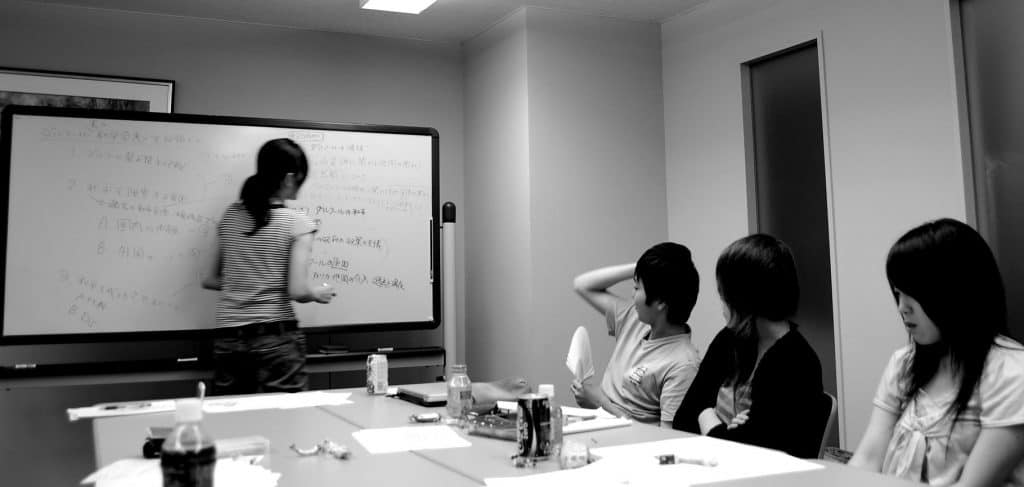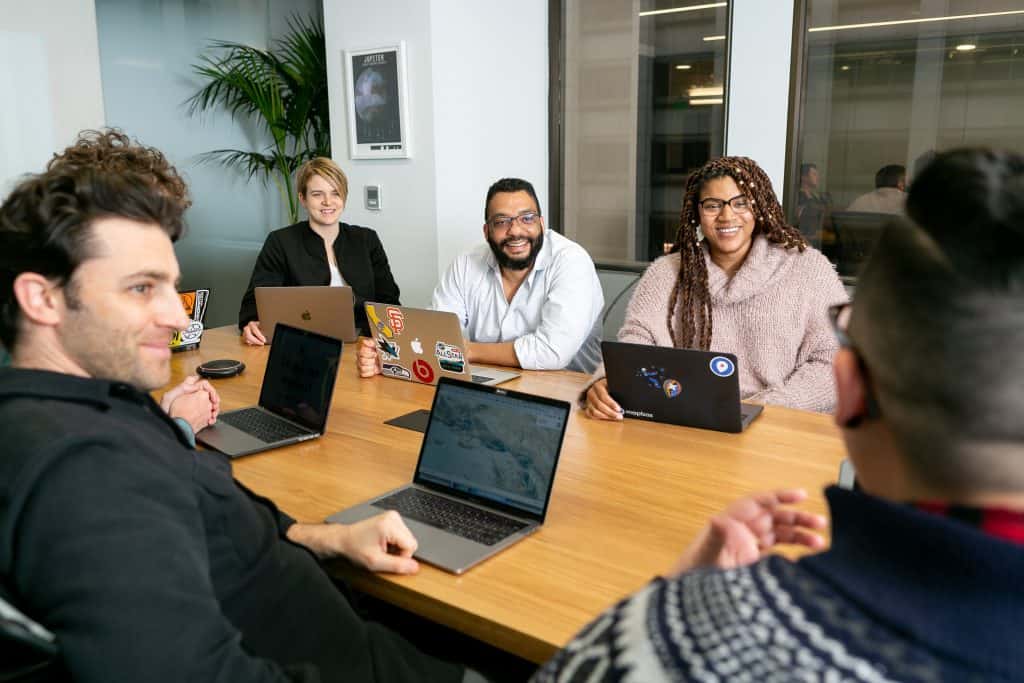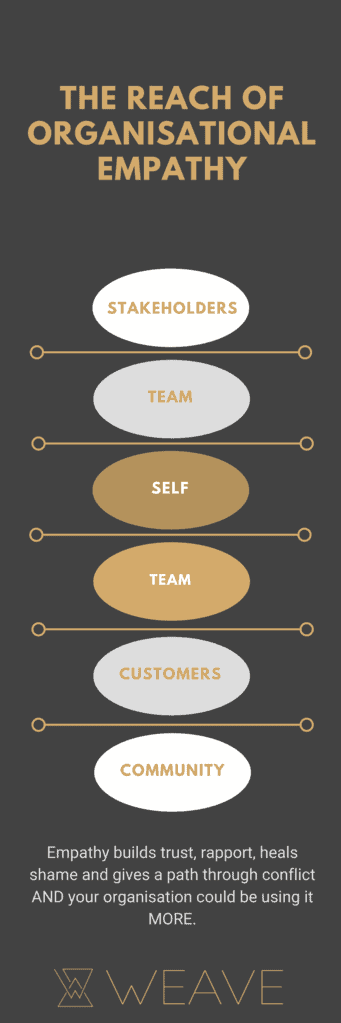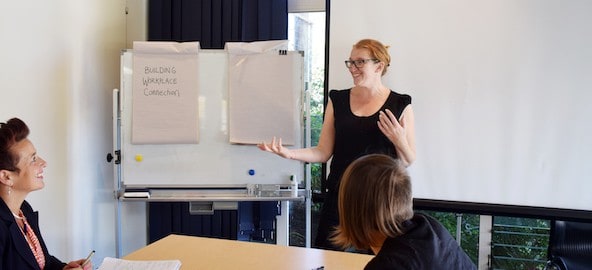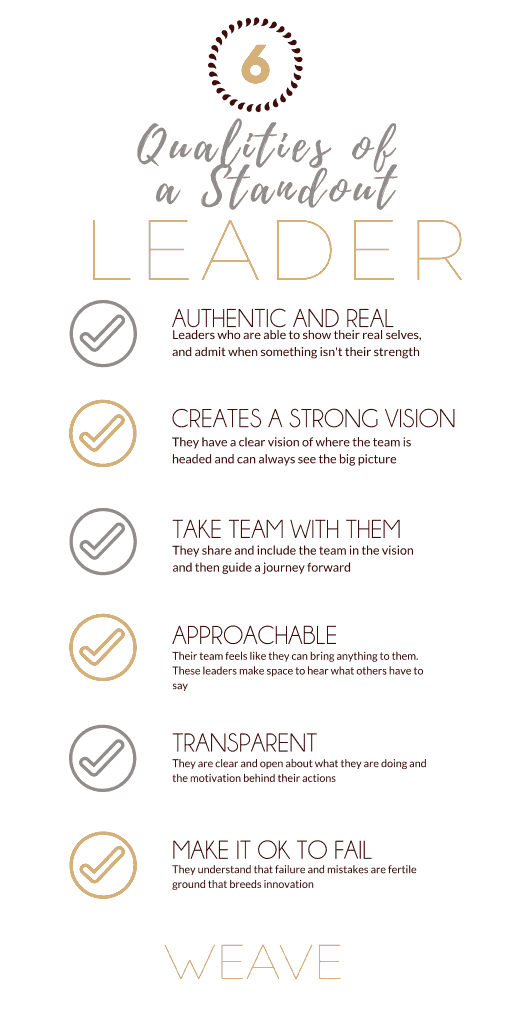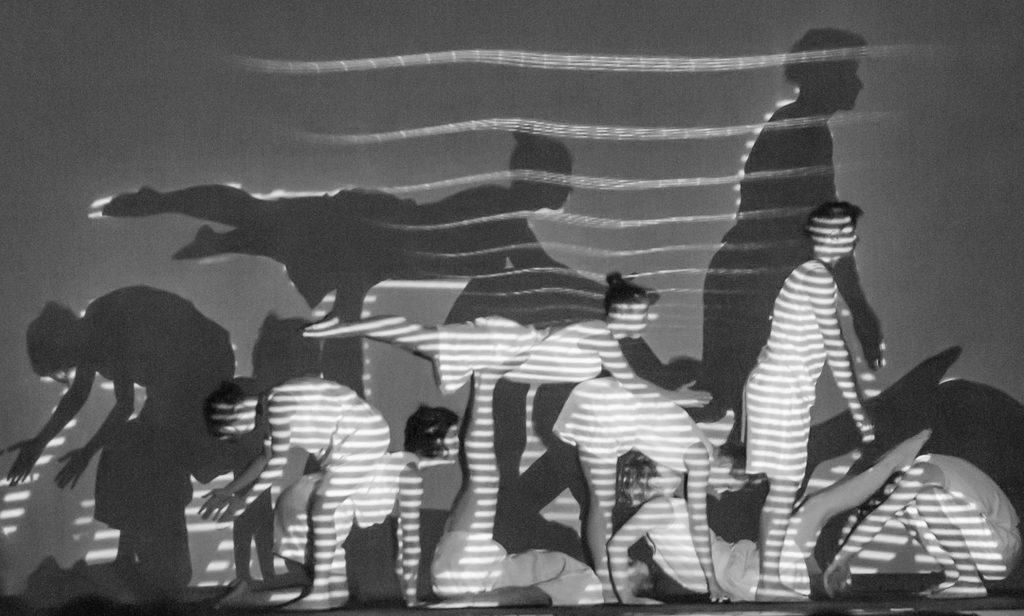There is no one size fits all approach to being the most productive incarnation of yourself.
Discover your unique productivity type to become your most dynamic self.
As Small Business owners, we are all on a quest, a crusade to find the holy grail of efficacy. But it is not a quest off to far off lands, but more a journey into the unknown terrain of our own personal approach to life. As such, there is no one size fits all approach to being the most productive incarnation of yourself.
In this article, I would like to share with you the four productivity types and how you can use this understanding to move further on your quest for ultimate effectiveness
Now with any typing system, they are designed to be a tool for you to understand more of your self and your patterns.
Do not let them define you; let them help you take the next steps.
And we all have a bit of all of these in us. You may even find that on Mondays you have a lot of Earth Holder going on and by Friday you are a total Air Dancer. The big thing here is to build your awareness of your styles and patterns.
And what is with these funky names you may be asking?
I have looked at the elemental side of productivity. Each element and I am working with air, fire, earth and water here, has its own properties, and for fun, it’s own superhero name. Let me introduce you to them.
Earth Holder.
When you have this type happening in your life, you feel slow to get going, slow to change course, once you are in something, you are in it. You tend to like to work on one thing at a time. Earth Holders are grounded, deep thinking and are very thorough. They are not quick but have an intense focus.
Strengths – focus.
Challenges – change.
The best strategies for an Earth Holder are:
- Well planned – plan in monthly blocks so that you make sure you get to the core tasks.
- Big chunks of time on one task.
- Daily or weekly themes.
- Work in teams or with accountability to keep things moving along.
- Have creative breaks, draw, dance, write to increase creative and innovative thoughts.
Air Dancer
When you are embodying the productivity type of Air Dancer, you are quick thinking, have lots of ideas and feel creative. You are visionary; you can get lost in the ideas and forget the actions. Sometimes Air Dancers can experience short attention spans, get easily distracted, and be prone to daydreaming. This is the type that can forget the body and not eat.
Strengths – creative ideas and quick thinking.
Challenges – lost in thought and easily distracted.
The best strategies for an Air Dancer Are:
- Manage your environment – turn of the phone, SM, notifications, any visual disturbances.
- Use a Pomodoro method to both keep attention on a task in 25-minute blocks, but also to remember to have breaks where you touch base with your body.
- Have a notepad nearby to jot down other ideas that fly in that aren’t on task so they can be dealt with later,
- Intention segments – think about what you want to get done by the end of the Pomodoro or session, visualise it completely, and then get started on the task. You may even want to write it down to refer to if you get lost.
Water Weaver
Water weavers are collaborative, inclusive and most productive in company. They are great at going with the flow and are not that into planning. They like to watch their days unfold. Water Weavers can be very distracted by others and want to live vicariously through others experiences as well as their own.
Strengths – collaborate well.
Challenges – can get pulled into other people’s agendas easily.
The best strategies for a Water Weaver are:
- Balance collaboration and productive time.
- Structured Co-working – great with Pomodoros. Where everyone has their head down working for blocks of time – and can socialise on breaks
- Loose big picture planning with lots of room to improvise
- Start each day by connecting with how you want to feel by the end of the day.
- Loving-kindness meditation throughout the day will help to keep you on track.
Fire Starter
This productivity type is passionate and fiery, and they burn fast and hot. They also burn out is they don’t replenish themselves often. The Fire Starter is passion driven and all in. They can get vast amounts of work done in a very short time as long as they have fuelled up enough. If they haven’t had the rest and self-care they need, they tend not to have the energy to get into their work, and they can become very disengaged.
Strengths – Ultra-productive when well rested.
Challenges – will burn out if you don’t take time to look after yourself.
The best strategies for a Fire Starter are:
- Block in high productive times – distraction-free as you can make them
- See to your self-care first
- Use mindfulness and relaxation techniques to engage the parasympathetic system keeping stress levels down
- Value rest
- Balance the brave with the mundane
And now
Which productivity type did you connect with the most? Perhaps there is more than one. Are there ones you visit more than others? Are there ones that you would like to visit but don’t?
Now the secret cool part of all of this is that you have all of these productive elements are working within you. So if you are feeling heavy and stuck in your business, bring in some air dancer, if you feel bored with your plan, then embodying your water weaver might be just the ticket. If you feel burned out, a bit of earth holder time might revise you.
Do not let them define you; let them help you take the next steps. And we all have a bit of all of these in us. You may even find that on Mondays you have a lot of Earth Holder going on and by Friday you are a total Air Dancer. The big thing here is to build your awareness of your styles and patterns.

